The delight that comes from utilizing and consuming herbs that you harvest yourself is simply indescribable. Fortunately, growing natural vegetables and plants doesn’t need you to be a skilled landscaper. You can simply master the fundamentals of planting to transform your outdoor space into a flourishing plant wonderland if you have the correct equipment and adequate knowledge.
Whilst you can choose how much period it takes, landscaping does require time for planning, planting, caring for, harvesting, and preparing the plants for consumption. However, it need not take as long as you believe. To start the backyard growing today, follow these ten simple actions.
Here Are Some Easy Steps And Ways To Prepare Raised Beds For Winter Garden After Fall Season:
Step 1: Choose The Things You Wish To Develop:
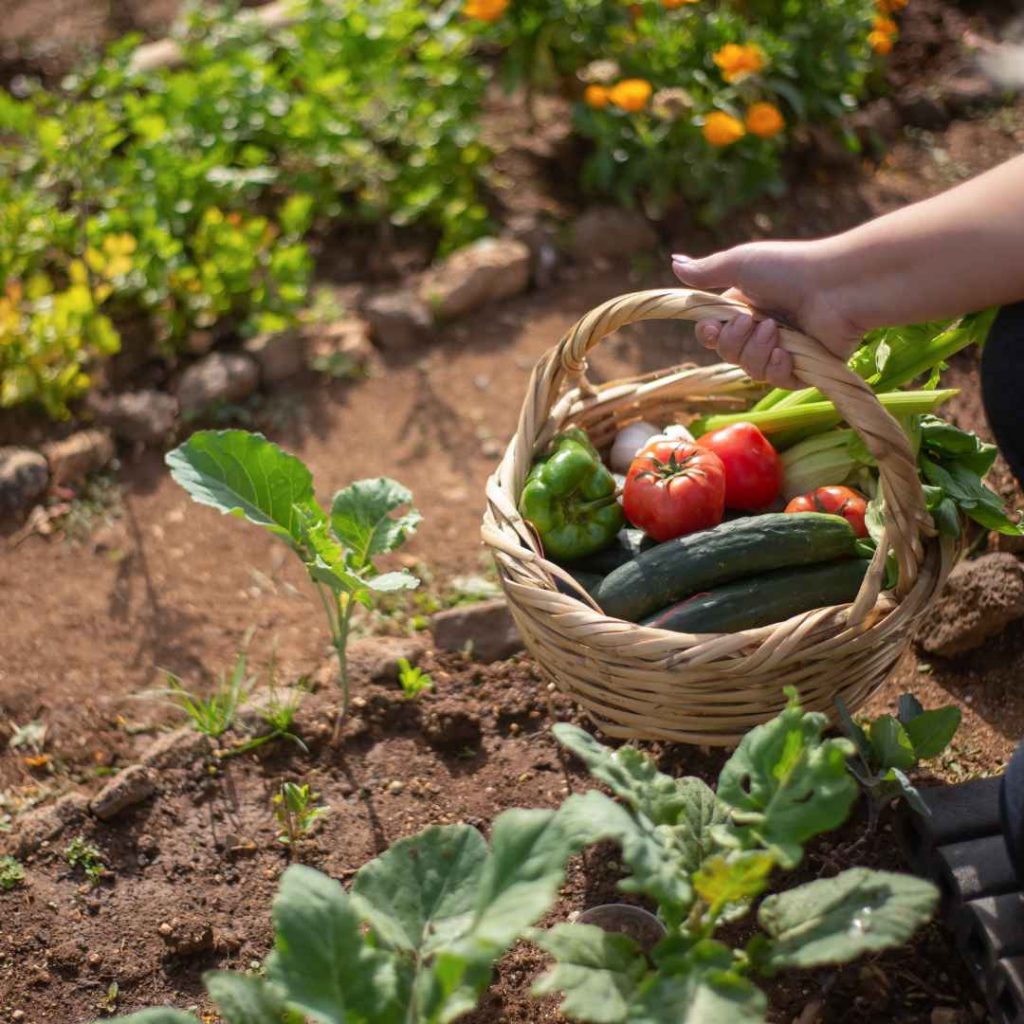
Organizing is a crucial first stage in establishing a garden. Naturally, what you intend to cultivate and the available territory will determine the kind of landscape you create. Are you interested in starting a vegetable-based garden? A lawn of herbs? A landscaped area of flowers?
Make sure the veggies and medicinal plants you chose for the evening’s meal are ones that your loved ones will enjoy or be open to trying. Choose between evergreens, which have a limited flowering period but come back following the previous year, or perennials, which burst for the majority of the summertime but require replanting periodically in the spring, if you prefer blooms for their personality, shade, and scent. Although all of them, or even an assortment of them, creates an exquisite landscape, they must involve varying amounts of upkeep.
Step 2: Pick The Ideal Spot In Your Property:
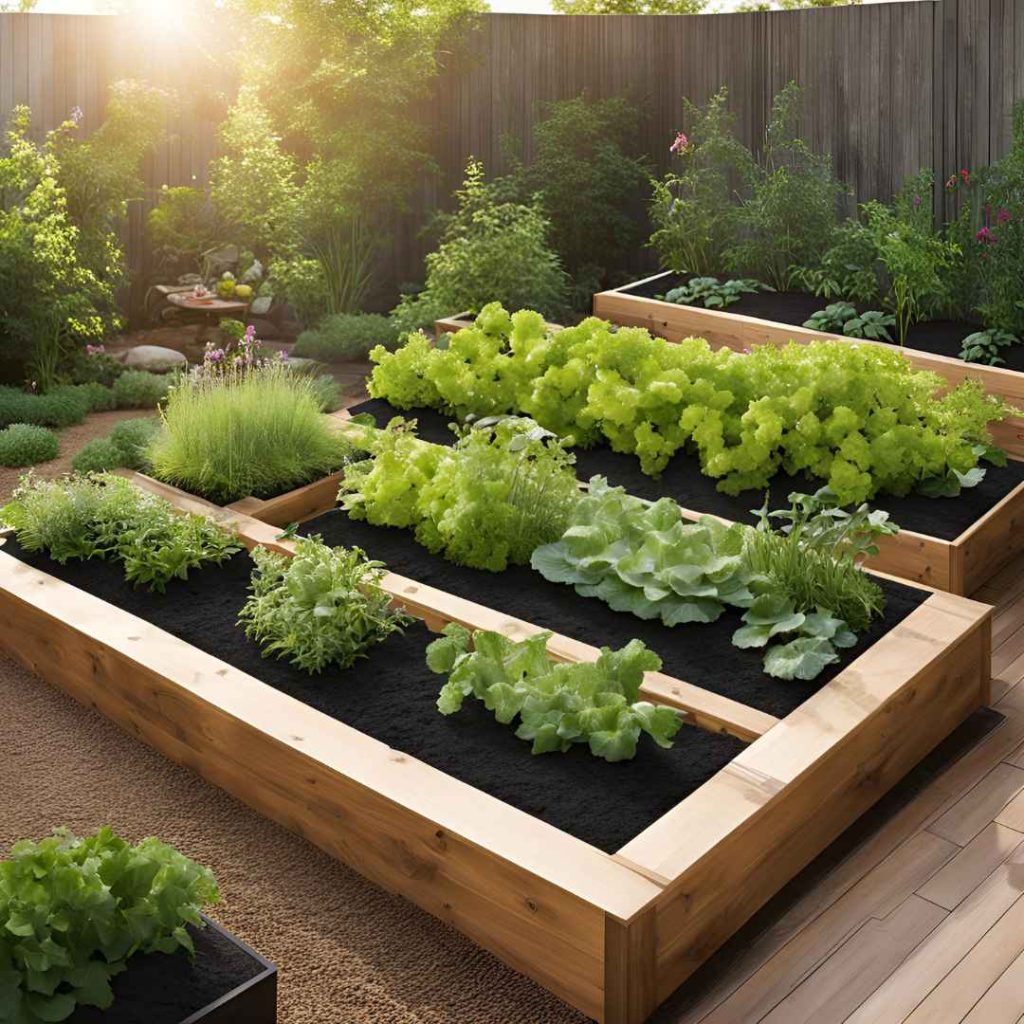
Many kinds of blossoming flowers and nearly all veggies require six to eight hours of bright sunlight per day. When choosing a location for your fresh landscape, the three most crucial elements are sunlight, moisture, and ease of authorization.
To determine which areas of your outdoor space obtain full light as opposed to a portion of full shadow, it’s necessary to keep an eye on it every step of the course of the day. A dropping landscape is additionally challenging, laborious, and possibly costly to maintain, so if it’s possibly feasible, choose a fairly level location for your outdoor space.
Step 3: Make Ground Level Abundantly Clear:
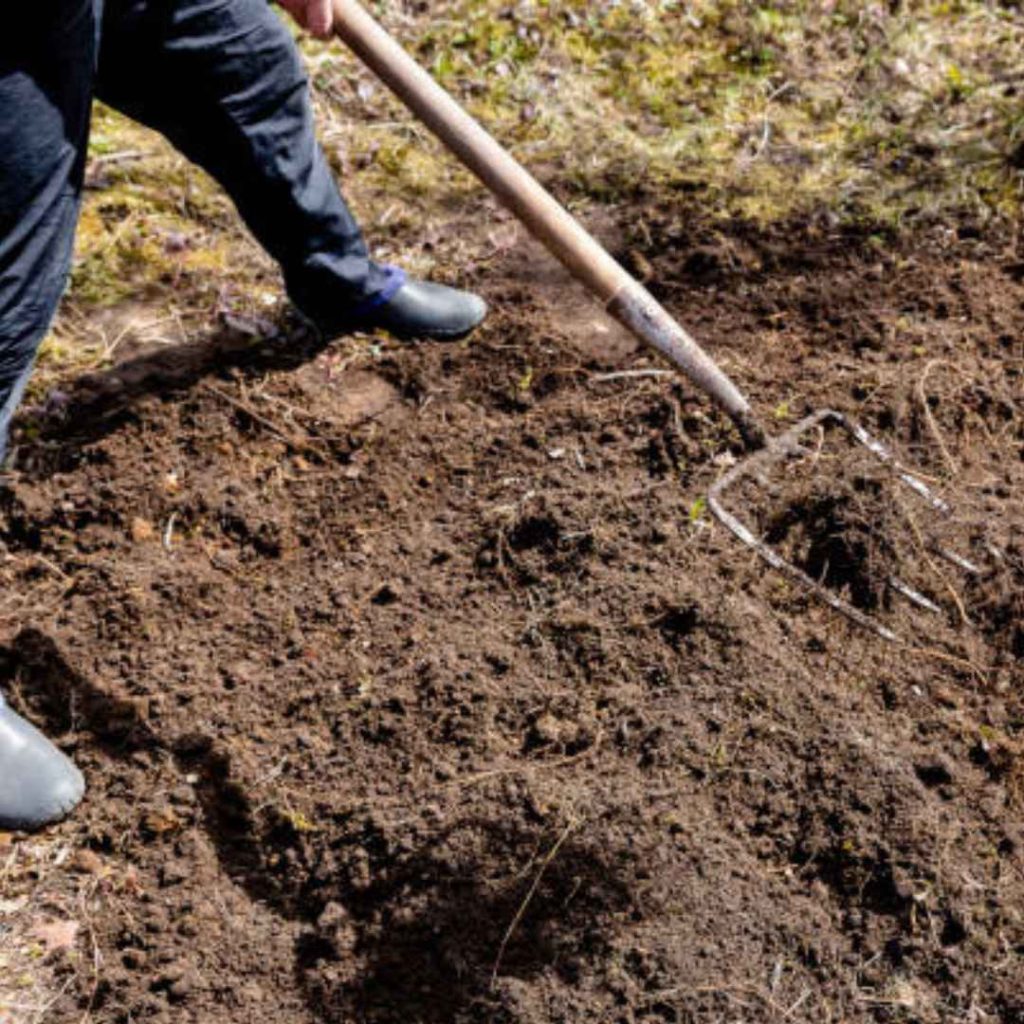
Remove any turf and bushes from the region where you intend on planting and set up the elevated garden. To protect yourself from spikes, insects, and contaminants, use protective gloves for gardening.
Purchase knee protectors or a high-quality resting pillow to ensure you can get comfortable and start taking care of things. It may additionally be a therapeutic procedure. After plenty of labor, you will have a nicely manicured patch of ground that is prepared for the following chapter of its life.
Step 4: Build An Elevated Bed:
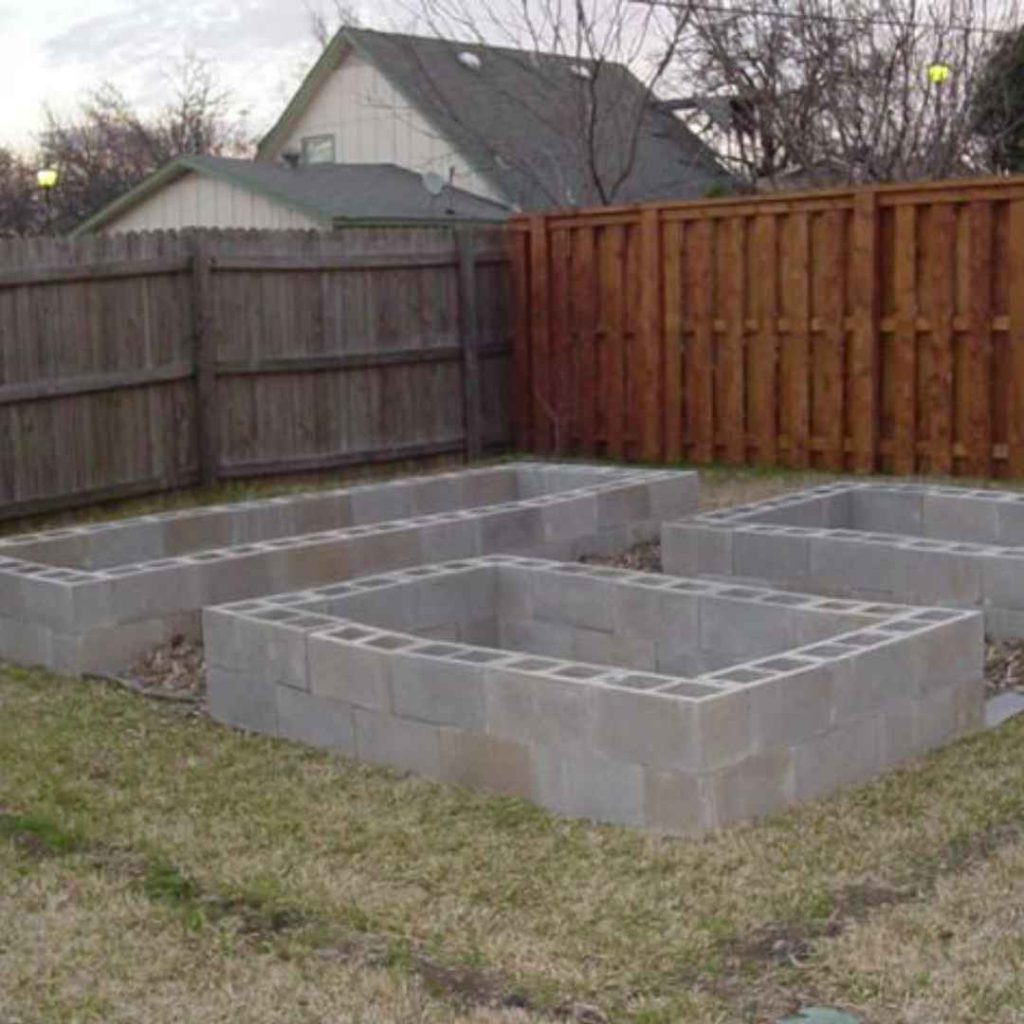
You can always add a greater extent, therefore begin with modesty. An excellent place to begin is with a “4 foot by 4 foot” elevated bed. You should strive for an extensive level of twelve to eighteen inches. Reaching the middle of the bed avoiding walking on the dirt is crucial. You may develop an abundance of nourishment in this tiny area, and it’s simple to build.
Step 5: Incorporate New Soil:
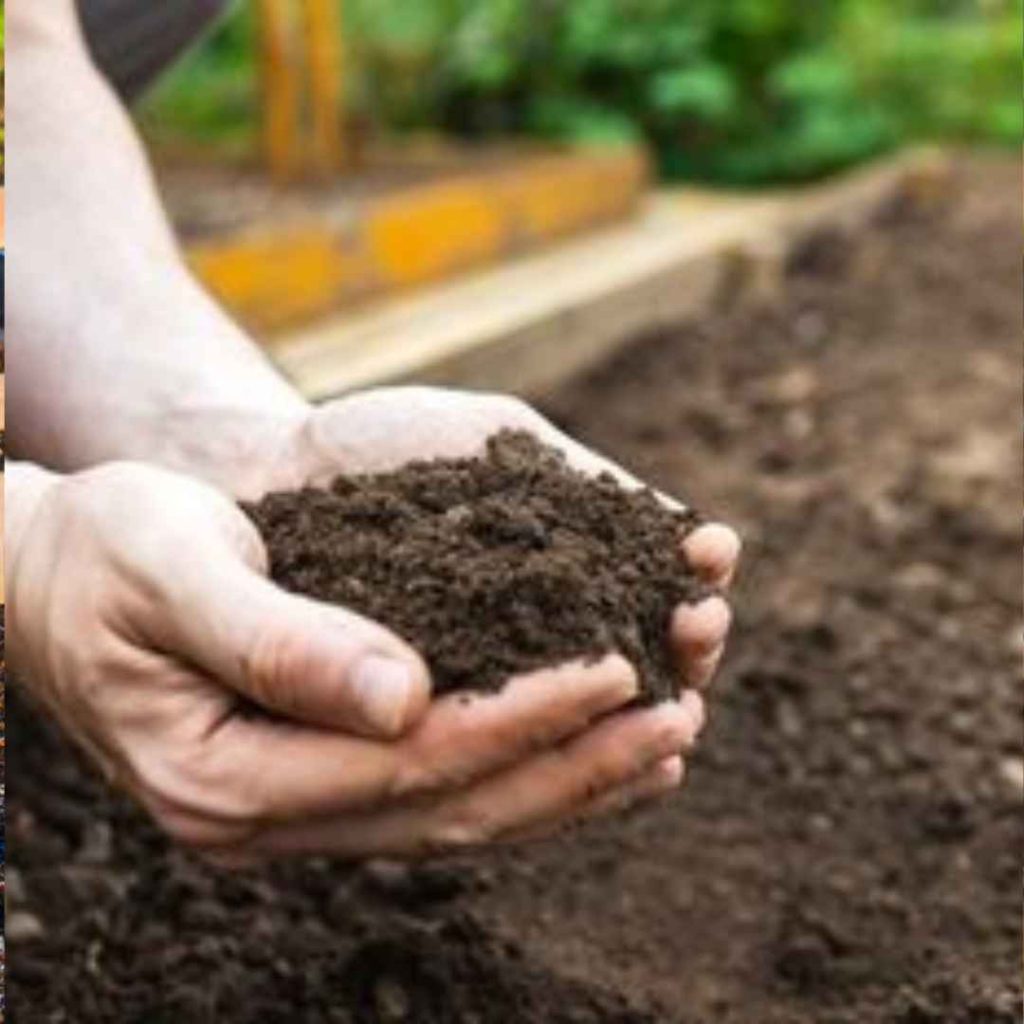
The elevated beds have the benefit of not requiring the installation of preexisting topsoil. In order to fill the bed.
combine a comparable quantity of: fertilizer; Create your personal or household use a variety of manufacturers.
Coconut fiber or peat moss; renders soil thinner and aids in retaining moisture.
Vermiculite: permits the substrate to circulate and aids in retaining moisture.
You are prepared to sow as soon as you have the ideal combination of materials in your elevated bed. Before getting started in new accommodation, prepare the substrate to make it easier for origins to develop and obtain the water, vitamins, and minerals they require. It is more difficult for digging in too-parched substrate, while too-wet topsoil might cause structural problems. Don’t forget to replenish the ground with pure fertilizer every time you plant.
Step 6: Growing Begins:
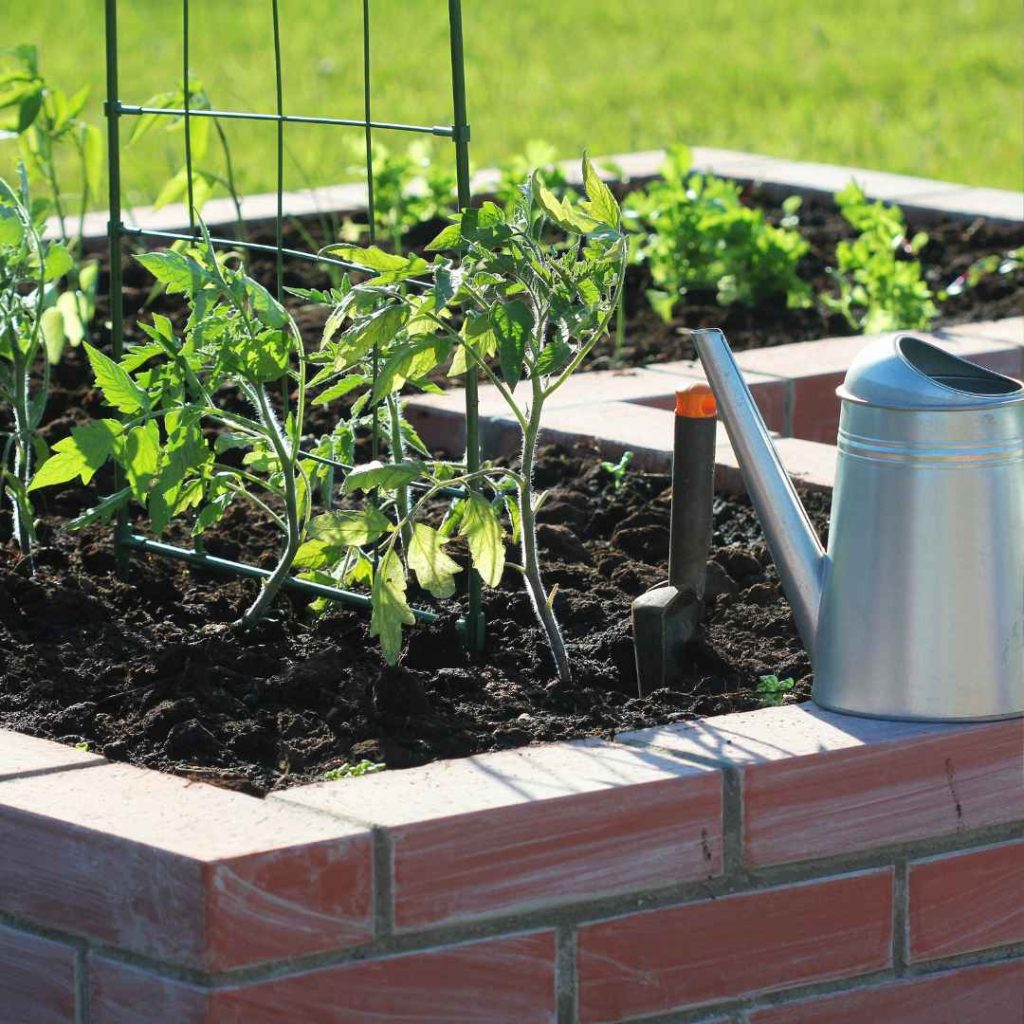
Buying tender plants, sometimes called transplants, is a more practical way to start your own landscape. In your established bed, make ditches in accordance with the tag’s recommended interval.
Squeeze downward toward the vessel from the bottom while holding the stems of the vegetation to eliminate them from the vessel. After that, add dirt and gently press down the area surrounding the root structure. Wash the dirt with water until it is done.
Step 7: Establish An Irrigation Timetable:
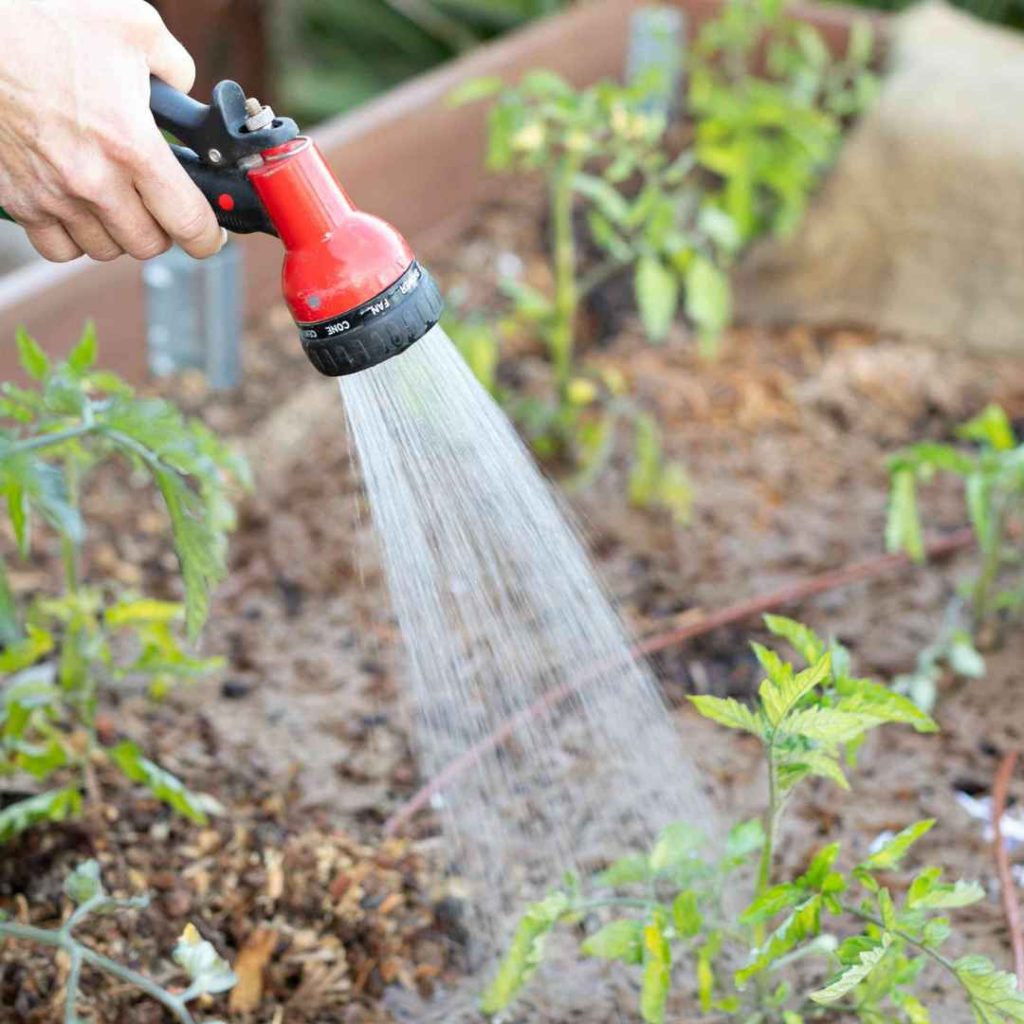
Ensure that you nourish your newly planted plants frequently, even every day in the summertime, so you are not overlooking them and letting them grow to the stage when they start starving. It is crucial that your backyard receives the necessary moisture, regardless of how much you want to use an irrigation hose or build a self-service spritzing structure.
Watering seedlings often is necessary until their roots establish, which typically requires somewhere between two and three weeks. Once the substrate seems completely dehydrated to the contact, you may begin distributing the irrigation while providing them a good wash.
Step 8: Purchase Quality Equipment:

With the right horticultural equipment, you can remove soil and other materials from vegetation without harming their bases. Additionally, you may utilize them to safeguard your fingers as you germinate seeds, pull invasive plants, and perform other essential horticultural tasks. You will be happy to be granted the instruments available when you need to undertake sensitive excavation, even though you generally will not utilize them all on each occasion you engage with the backyard.
Gloves: When handling grains or moving seedlings, mittens should be strong yet not overly large.
Trimming Blades: Often referred to as scissors, palm trimming tools assist in controlling overrun and excessive plants. A successful instrument for moving soil is a gardening rake.
Hand Shovel: An indispensable hand instrument, scrapers are great for invasive species removal, establishing pots, and moving vegetables and bedding varieties.
Step 9: Take Some Time To Plant In Your Landscaping:
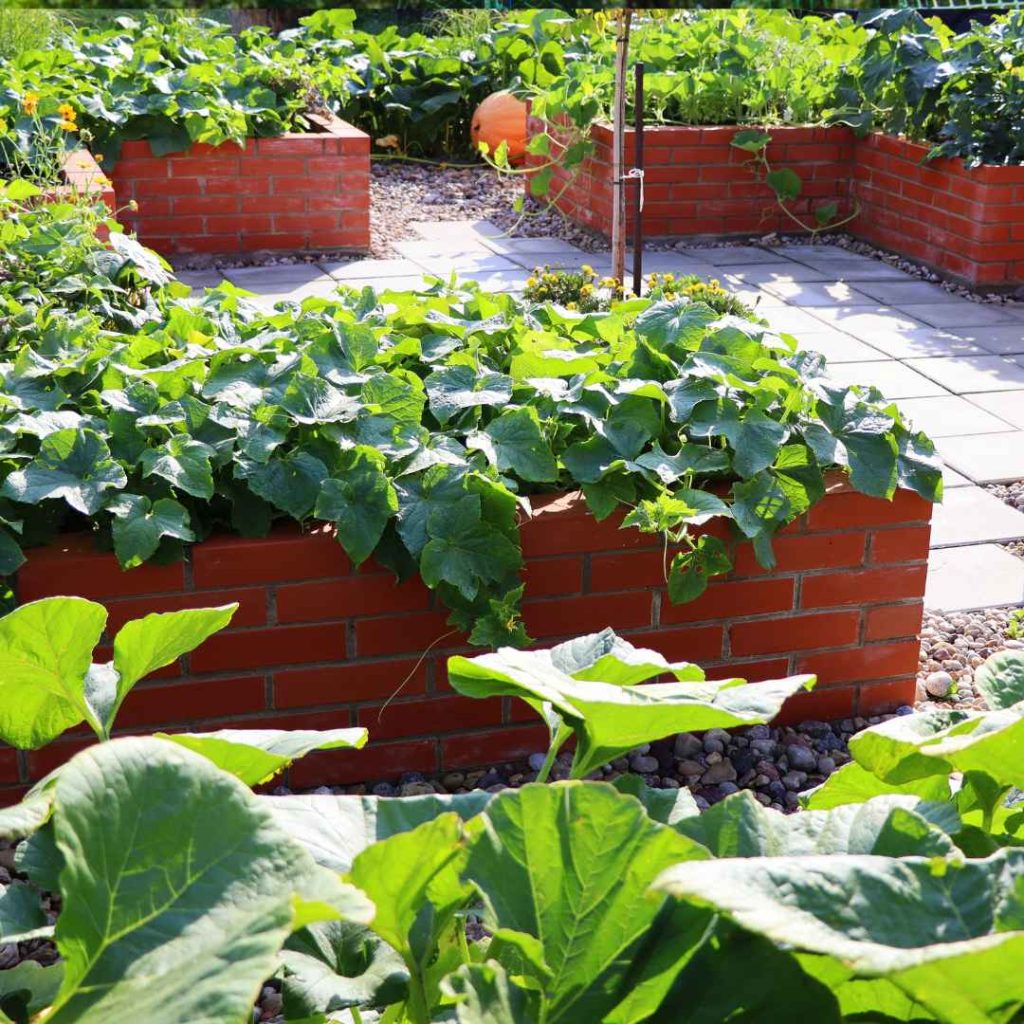
Maintain up with plot activities as your landscaping grows to assist it realize its full ability. Whenever the greenery shrivels up, water them. Whenever they go to plant material, uproot wildflowers.
Evidence indicates that individuals who devote time in their gardens are more probable to attribute their overall excellent well-being and fewer symptoms of anxiousness and stress, in addition to keeping their greenery wholesome and thriving! Give the greenery authority.
Step 10: Gather And Consume Your Produce:
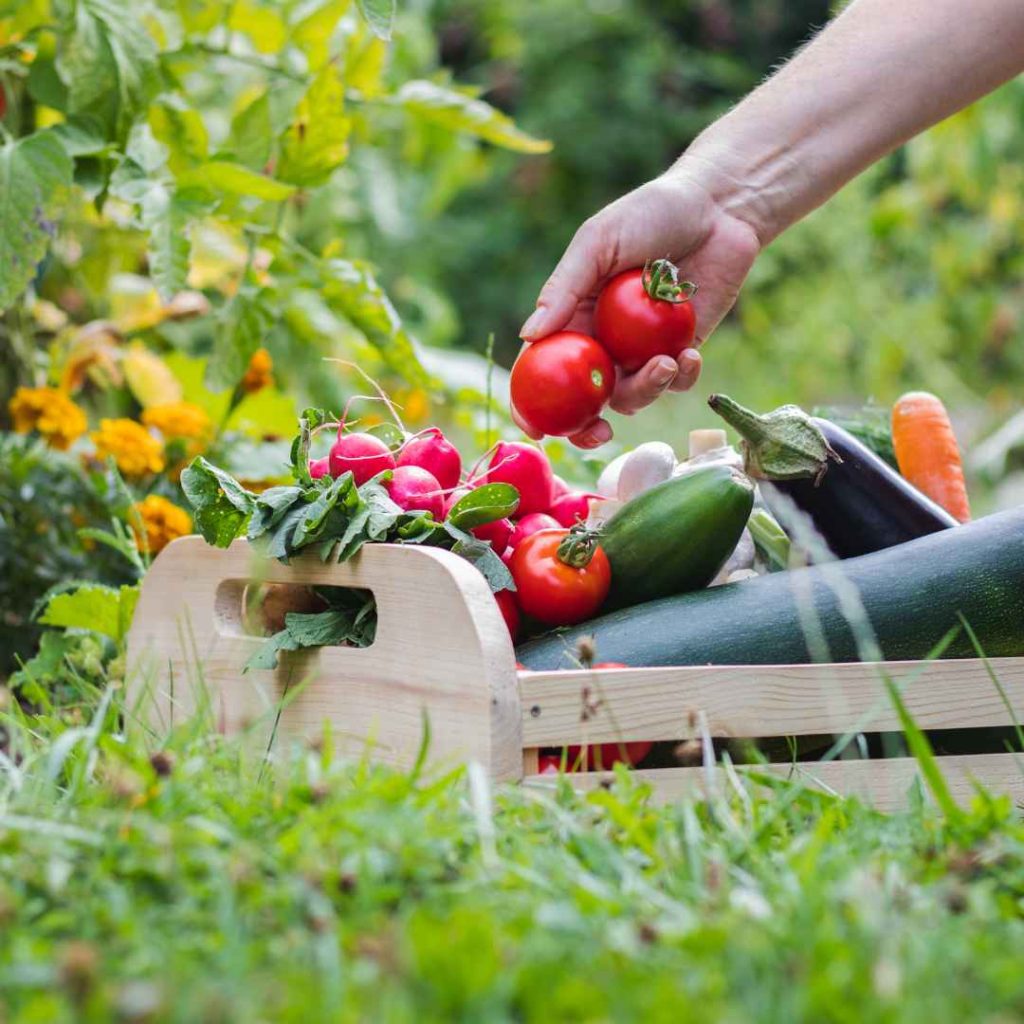
Pick frequently and when you’re a teenager to boost output. Make frequent use of the nourishment you cultivate in the vegetable patch. Integrate the veggies you produce into the meals your relatives regularly consume and experiment with new dishes. Garden veggies make excellent additions to curries and milkshakes.
